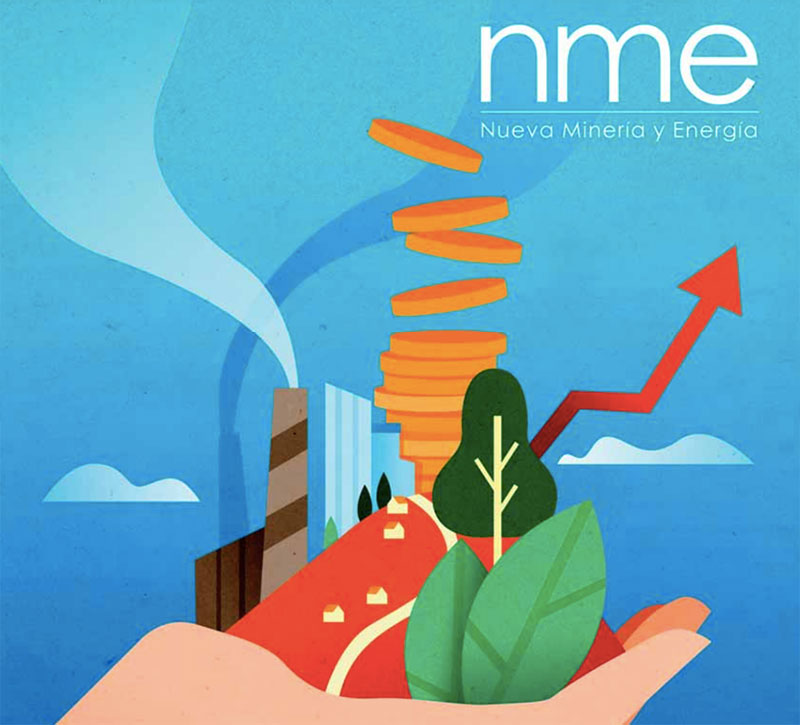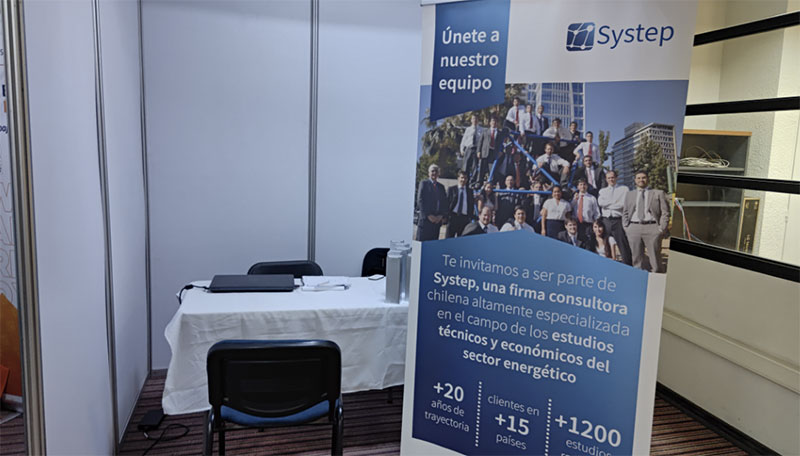
An analysis of the government’s Energy Agenda, objectives achieved and tasks pending.
One year of the Energy Agenda
We are celebrating one year since the formulation of the Energy Agenda. It emerges as a solid proposal to address Chile’s inability to develop its energy matrix in sustainable and competitive ways, given the social, political and environmental restrictions on the expansion of the associated infrastructure. This inability has become a brake on development.
We welcome the agenda, not only for its widely shared diagnosis, but also for the formulation of an aggressive action plan to overcome constraints, with ambitious goals, particularly in relation to human development. We celebrate the proactive process of consultation and participation that has taken place, where citizens, communities and public and private institutions have participated in the definition of new public policies.
It was anticipated that achieving the goals of the agenda would not be an easy task, but substantial progress has been made. Progress is being made in generating a new role for the State in the energy field, a proactive role, guiding development, monitoring the market and promoting competition. A relevant adjustment was made to the bidding processes of the distribution companies, which anticipates increasing price reductions. Progress is being made in the reformulation of transmission regulation, which aims to facilitate competition and an adequate use of available energy resources at the national level. A cross-cutting group is making progress in defining an energy roadmap to 2050. On the other hand, non-conventional renewable energies are achieving significant levels of penetration.
The ultimate goal of this whole exercise is to ensure that Chile has a secure and economic energy supply, in a context of environmental and social sustainability. However, it is in this last dimension that progress has slowed. Indeed, the ambitious goal of formulating an associativity law by the end of 2014 could not be achieved. The law seeks to make communities near power generation projects partners in development, based on three instruments: local patents for generators, reduction of tariffs in nearby communities, and the creation of an institutional framework to share the benefits of these projects with the communities. The objective of making communities partners is confronted within the government with opposing visions of territorial planning that seek to assign total energy autonomy to the regions, questioning visions of the national benefit of energy development.
The constraints faced are more than technical or economic, but rather environmental and social, and these continue to be the main challenges. And while the associativity law is being adapted, let us celebrate the publication of a powerful and unprecedented study on the use of watersheds in the central zone, which, through a process of citizen dialogue, identified the hydroelectric potential of the central-southern zone of the country, including social, cultural, environmental, tourism, agricultural and forestry dimensions. Let us take advantage of this potential, with due respect for these other dimensions.
*The author is Professor Emeritus of the Pontificia Universidad Católica de Chile.



